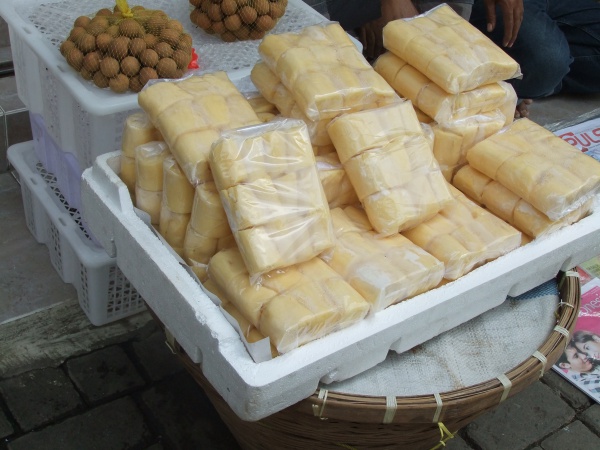Facts About Tapai
Tapai is a traditional fermented food made from rice or other starchy ingredients, popular in Southeast Asia, particularly among Austronesian cultures, and in parts of East Asia. This term can denote both the sweet or sour paste and the alcoholic beverage resulting from fermentation. People consume Tapai as it is, incorporate it into traditional recipes, or allow it to ferment further to produce rice wine. The fermentation process involves molds such as *Aspergillus oryzae* and yeasts like *Saccharomyces cerevisiae*, along with various bacteria.
The word "Tapai" originates from the Proto-Malayo-Polynesian term *tapay*, meaning "fermented." Many modern Austronesian languages, including Tagalog, Iban, Javanese, and Malay, have similar terms for various fermented foods. The preparation of Tapai begins with a starter culture, which can be naturally captured from the environment or prepared by mixing rice flour with spices, sugar, ginger, and water. Traditionally, people ferment white or glutinous rice in Tapayan jars, resulting in products like fermented dough, cakes, or rice wines.
Today, Tapai can also be made from other carbohydrates such as cassava or sweet potatoes. The process involves washing, cooking, and fermenting the starchy ingredient with a powdered starter culture. Tapai can be savored as a sweet, mildly alcoholic gruel or paste, or left to ferment longer for a sour taste. In Indonesia and the Philippines, Tapai plays a significant role in various dishes and beverages.
In Indonesia, Tapai is commonly consumed as a snack or used in recipes like *colenak* (grilled cassava with sweet sauce) and *es campur* (a mixed ice dessert). In the Philippines, fermented rice is utilized in dishes like *galapong* (rice dough) and various rice cakes. It's also an essential ingredient in traditional fermented fish or shrimp dishes and rice wines like *basi* and *tapuy*.

 Malaysia
Malaysia